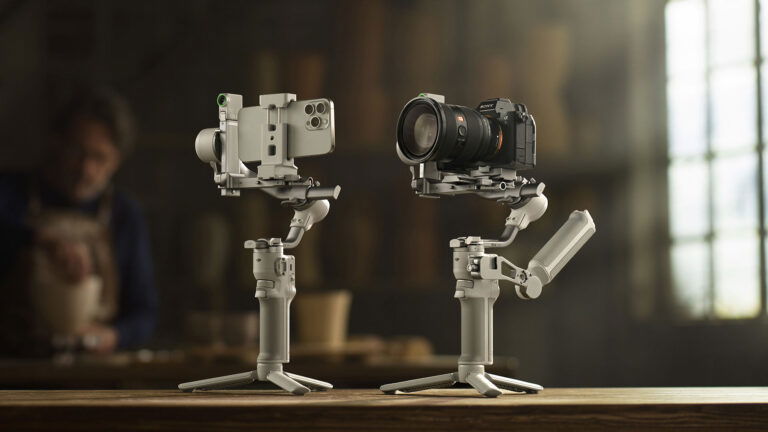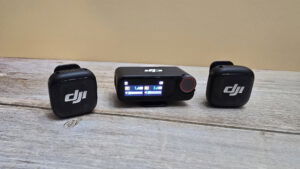DJI offers some of the most robust, feature-rich gimbals on the market. They are a standard among production companies and, when I reviewed the DJI RS 4 Pro, I saw everything it had to offer and the level at which it delivers. However, for the everyday creator, it was a bit too much. Their latest release, the DJI RS 4 Mini, delivers the same high quality but with a much smaller learning curve than the larger models.
The DJI RS 4 Mini is, as one would assume, a smaller, lighter version of the other RS 4 gimbals, weighing approximately 30 percent less than the RS 4 Pro. It comes in two bundles: the standard bundle, which includes the gimbal, a quick-release plate, an attachable tripod, a multi-camera control cable, a USB-C charging cable and a screw kit; and the kit I tested, the DJI RS 4 Mini Combo, which includes all the aforementioned accessories plus a briefcase handle and the RS Intelligent Tracking Module.
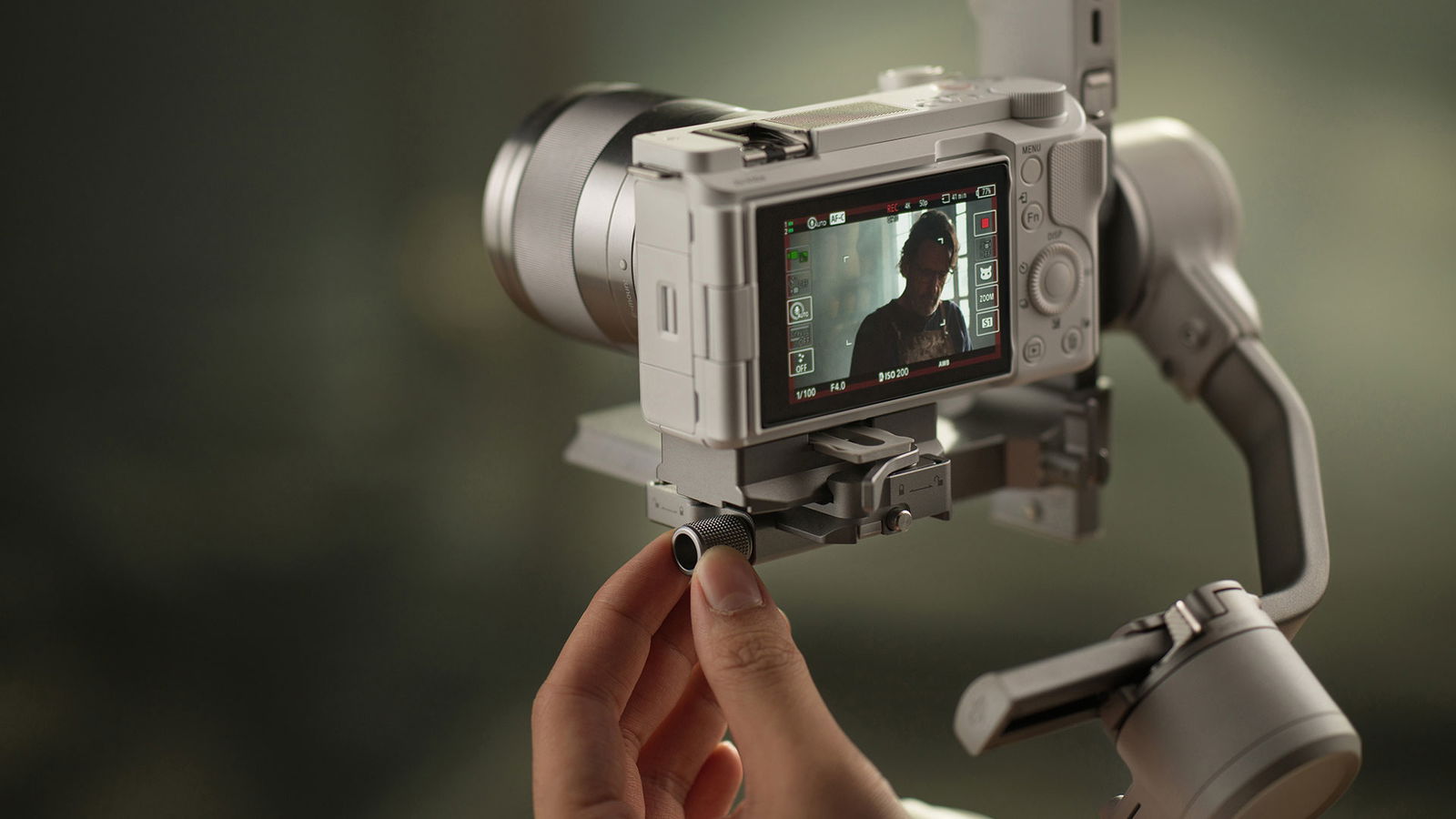
The build quality of the DJI RS 4 Mini and its accessories is top-notch, as always. It is incredibly sturdy, even with its 4.4-lb maximum payload attached, with strong locking mechanisms and a very user-friendly interface for setting up the gimbal and activating certain functions. The handle features a joystick, record and menu buttons on the front, with switches on either side—one to control the type of PTZ tracking the gimbal will use and the other to adjust the joystick mode. The front of the handle also has a multifunctional trigger and a front dial.
“The DJI RS 4 Mini delivers the same high quality but with a much smaller learning curve than the larger models.”
The DJI RS 4 Mini gimbal features a 3-axis mechanism with pan, tilt and roll motors. To balance your camera, you need to unlock each of the three axes and slide them until each axis balances the camera as expected. Since you need to slide everything back to its most compact form to properly fold up the gimbal, it’s best to note each measurement so you don’t have to set it up each time through trial and error. Each camera will have different balancing requirements, so if you plan on using multiple cameras, set them each up and note their positions to easily swap between them.
The overall setup is simple beyond that, with quick locking and unlocking mechanisms that allow you to unlock the entire gimbal in as little as a second. Its quick-release plates and fine-tuning options help achieve optimal balance, making the setup process incredibly efficient and getting you ready to shoot faster than ever.
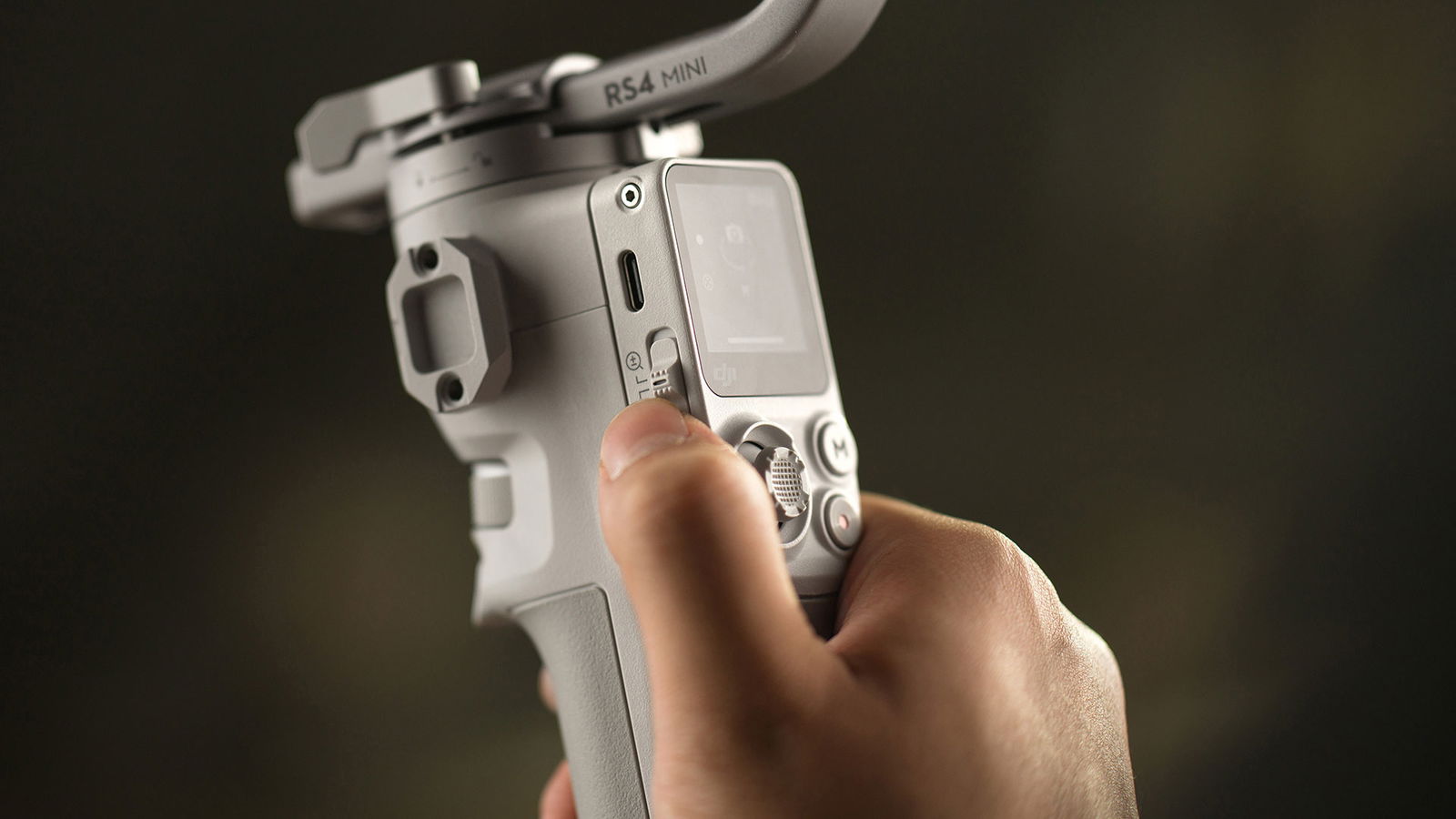
Another accessory we tried was the DJI RS 4 Mini phone holder—a mount that attaches to the mounting plate just like any quick-release plate—allowing you to use the gimbal with virtually any phone. I’m not sure if there’s a maximum size, but my Samsung Galaxy S24 Ultra fit comfortably.
The motors on the DJI RS 4 Mini were incredibly smooth and silent, with both the joystick and tracking modes enabling seamless motion while in use. The stabilization system is an upgraded fourth-generation version and delivers the same quality as any of the pro models, giving you the absolute smoothest video possible. Add to that the fact that it’s a lighter piece of gear—made even lighter if you use a phone instead of a mirrorless or DSLR camera—helping reduce arm fatigue on longer shoots.
The DJI RS 4 Mini’s briefcase handle balances perfectly with the gimbal, aligning seamlessly with the gimbal’s handle and adding virtually no weight to the kit. It’s also 20 percent smaller and 28 grams lighter than other RS 4 gimbals. The screw-in tripod is compact, with small rubber feet that keep it secure wherever you place it.

The RS Intelligent Tracking Module is an impressive new accessory in the Ronin Stabilizer line. It’s a simplified version of the DJI Raveneye, allowing the gimbal to track you using ActiveTrack, enabling it to follow any subject—including yourself—with smart framing at distances of up to 10 metres, even in more complex environments. The RS Intelligent Tracking Module is lightweight and attaches to the gimbal effortlessly with a magnetic mount that keeps the module securely in place. It’s also worth noting that you can now use this feature without the DJI Mimo app.
“It’s a far more novice-friendly gimbal than the RS 4 Pro, while still maintaining the professional feel, build quality, and top-level performance you expect from DJI.”
Tracking is simple: press the trigger or make a flat hand gesture, and it will continue until you signal it to stop. You can adjust how fast or slow the tracker moves the gimbal to prevent it from jerking with small subject movements or failing to follow if you’re moving quickly.
The battery life of the DJI RS 4 Mini is a significant improvement over the RS 3 Mini, offering up to 13 hours of operation—a 30 percent increase over its predecessor. If you’re low on battery, a 30-minute charge provides up to five hours of use. Throughout my time testing this gimbal, I haven’t needed to recharge it, even with the RS Intelligent Tracking Module drawing power from the gimbal.
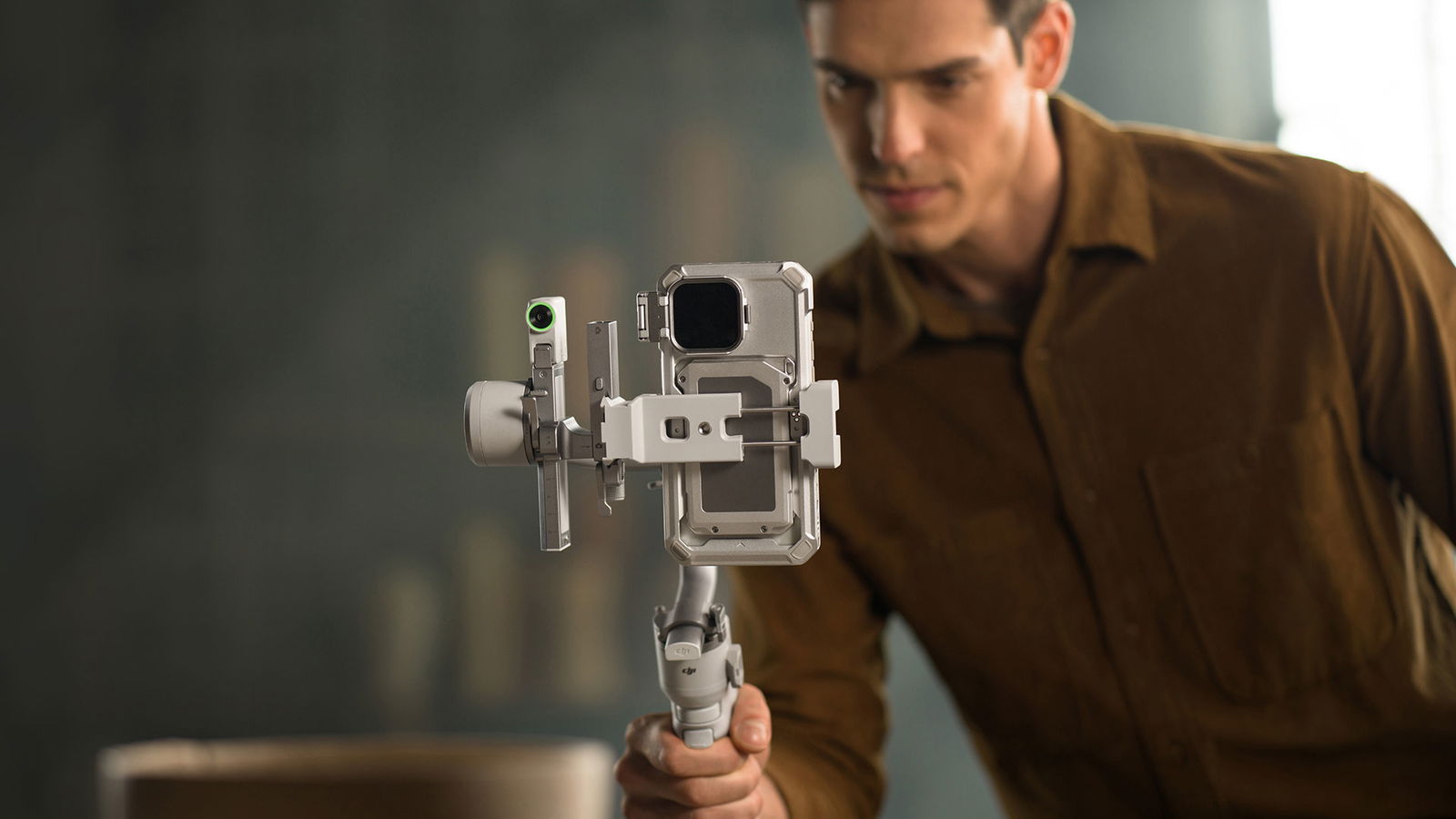
The DJI RS 4 Mini standard bundle costs $369 USD, while the Combo bundle retails for $459 USD. It’s a far more novice-friendly gimbal than the RS 4 Pro, which is exactly what I was hoping for from DJI’s Ronin Stabilizer line. Finally, DJI has created a pro-level gimbal that a beginner can use without having to downgrade to an oversimplified model. While there are still simpler gimbals with some complex functions, they don’t offer the same professional feel, build quality or top-level performance you expect from DJI.
